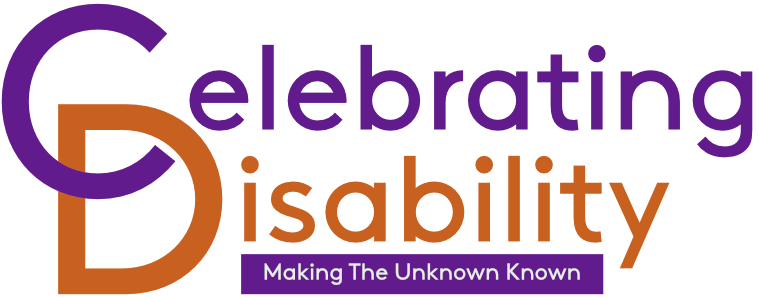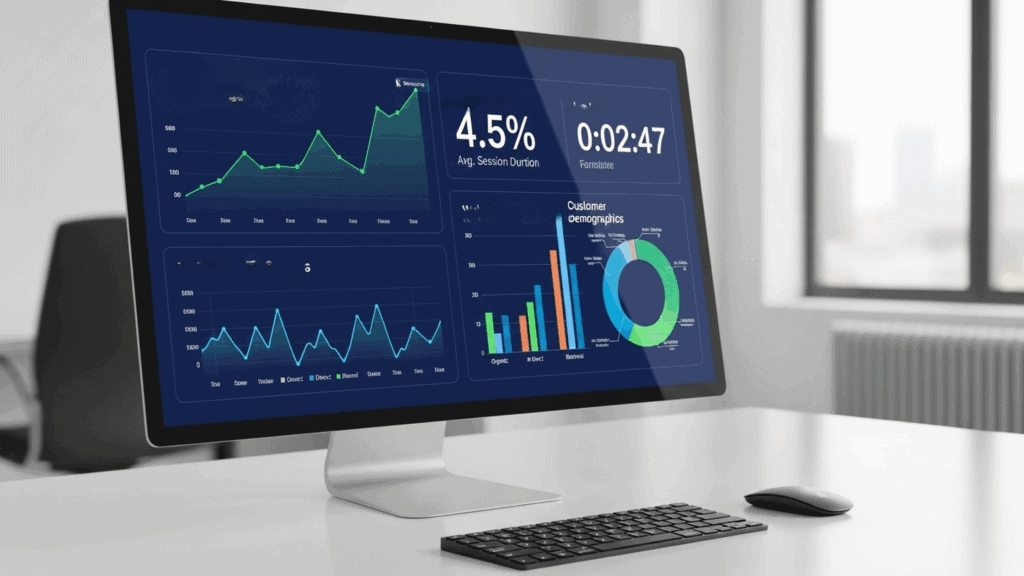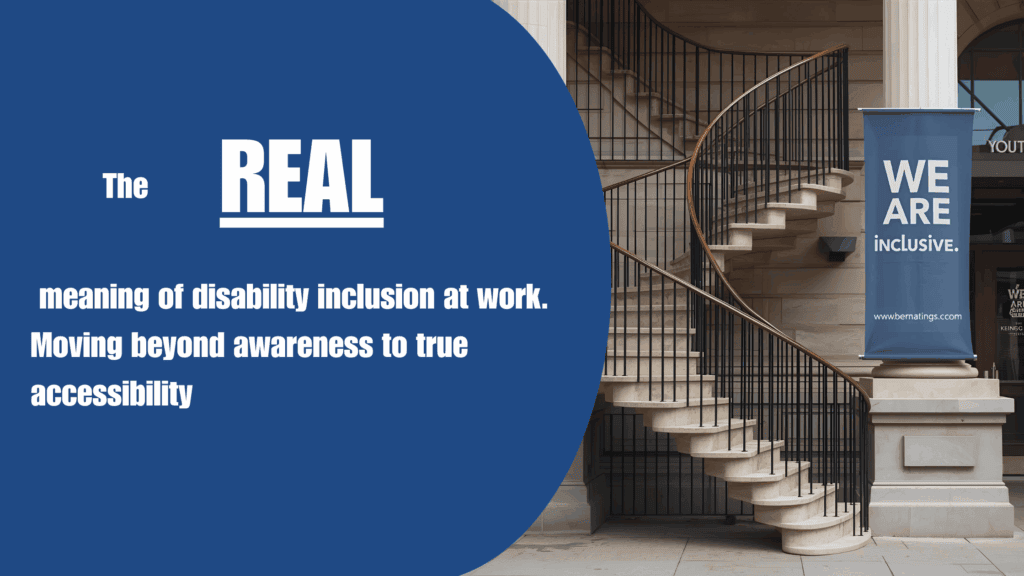For many disabled applicants, that is not just a one-off experience. It is a typical pattern.
If you are wondering why inclusive recruitment is essential, this is one reason. Inclusive recruitment processes are about far more than ticking a box. They are about creating an environment where every applicant, particularly disabled applicants, can show their strengths without unnecessary barriers getting in the way.
The recruitment process sends strong signals about who belongs in an organisation. Before the job offer, before the interview, even before the application begins, disabled applicants are already forming an impression. They are asking: Is this a workplace where I can be myself? Will I be supported to succeed?
If the process is clunky, confusing, or silent on access, the answer often feels like “no.”
Why Inclusive Recruitment Still Gets Overlooked
Despite growing awareness of disability inclusion, recruitment remains one of the least adapted parts of many organisations. An article in the Financial Times reports that disabled jobseekers in the UK submit 60% more applications than non-disabled people, yet only about half receive an interview. Energy might go into inclusive language or unconscious bias training, but often, the structure of the hiring process remains the same. This is a missed opportunity.
Disabled applicants bring enormous value to organisations. But that value gets lost if barriers are not removed from the very start. Inclusion needs to begin with the first interaction. Otherwise, disabled applicants will never get through the door, let alone thrive.
When hiring managers and HR teams understand how barriers are created, and more importantly, how to remove them, they can design a recruitment experience that works for everyone.
Itching for more on this? Our blog on Recruiting Disabled People into the Workplace dives deeper into the why and how.
Designing Processes That Empower
Inclusive recruitment begins with intention. When organisations take the time to consider accessibility from the outset, disabled applicants experience a smoother, more empowering journey.
- Start with the job description. Does it make clear that access needs are welcomed? Is there a named contact for queries? These small details matter. They show openness. They build trust.
- Next, look at the platform. When application forms work seamlessly with assistive technology like screen readers, disabled applicants can complete them independently. That functionality signals that the organisation has thought about access beyond legal minimums. It shows care. It encourages more applications from disabled people.
- And when disabled applicants are invited to share their access needs proactively, it reduces pressure. Instead of waiting for a candidate to disclose, inclusive recruiters take the lead. They clarify that adjustments are part of the process, not a problem to solve.
This is not about doing something “extra.” It is about doing what is right and smart from the start.
A Culture of Trust and Openness
Disclosure is a profoundly personal decision. Many disabled applicants fear that sharing their access needs will be seen as a disadvantage. That fear isn’t unfounded; it stems from previous experiences where revealing information resulted in silence, miscommunication, or being overlooked for opportunities.
Inclusive recruitment creates a culture of trust. When disabled applicants see that their needs will be respected and acted on, they are far more likely to disclose them. This leads to honest conversations, smoother interview experiences, and a better chance of finding the right fit for everyone.
Onboarding is also part of this. When organisations ask about reasonable adjustments before day one, disabled employees arrive prepared. They do not have to spend the first few weeks trying to catch up or explain what should have been in place already. They can start strong, with the tools and environment they need to succeed.
This sets the tone for long-term engagement. It tells disabled employees: you belong here.
A Practical Example: Accessibility in Action
Imagine this scenario. An organisation revamps its entire careers page to meet the Web Content Accessibility Guidelines (WCAG). These changes are not just cosmetic. The team rethinks structure, layout, colour contrast, and compatibility with screen readers.
As a result, more disabled applicants apply. But more than that, all applicants have a better experience. The site is easier to use, more straightforward to navigate, and more welcoming overall.
While this is a fictional example, it reflects the real-world impact that accessible design can have across recruitment. Accessibility is not about catering to a few. It is about improving the experience for everyone.
The Business Case: Inclusion Drives Results
Sometimes, inclusion is dismissed as “nice to have.” But the evidence tells a different story. Inclusive recruitment makes business sense.
Research by McKinsey shows that companies in the top quartile for diversity are up to 35% more likely to outperform their competitors. The Boston Consulting Group found that companies with diverse leadership teams generate 19% higher revenue due to innovation. You can read the full report in a blog here.
Diverse teams are not just more representative. They are more adaptable, creative, and in touch with the real world.
Disabled people bring valuable lived experience, creative problem-solving, and resilience to the table. But inaccessible hiring practices prevent many from even being considered.
Organisations prioritising accessibility in recruitment tap into a wider talent pool, improve their reputation, and build stronger teams.
And when disabled applicants feel confident that an employer takes access seriously, they are more likely to apply, stay, and grow within the organisation.
Want more on handling conversations around adjustments? You might like our blog on Reasonable Adjustments in the Workplace.
Steps to Make Recruitment More Inclusive Now
You do not need to overhaul your entire hiring process overnight. But small, intentional changes make a difference. Here are some practical steps:
- Write job descriptions that focus on outcomes, not rigid tasks.
- Include a clear statement that access requirements are welcomed at every stage.
- Ensure your recruitment software works with screen readers and keyboard navigation.
- Offer multiple ways to participate in interviews, such as written formats, video responses, or extended time.
- Train hiring managers to understand and embrace reasonable adjustments.
- Collect feedback from disabled applicants and act on it.
Inclusive recruitment is an ongoing practice. The most inclusive organisations treat every hiring opportunity as a chance to improve. They listen to disabled applicants, implement what they learn, and keep the door open to feedback.
If you are ready to embed inclusion more deeply into your culture, our blog on Embedding Disability Inclusion Initiatives is a great next step.
Final Thought
Recruitment is not just about filling roles. It is about shaping culture.
When disabled applicants experience an inclusive process, it sends a powerful message: you matter here. Not because of a policy. But because the organisation has worked to create space for every voice.
That is where inclusion starts. And where transformation begins.
Next Step: How Inclusive Are Your Own Recruitment Processes?
If you are wondering what your organisation could be doing differently, reflect on the processes described in this blog. Are job descriptions accessible? Are adjustments discussed openly? Can disabled applicants navigate your recruitment journey with confidence?
Use this blog as a benchmark. Compare your current approach against these examples of diversity and inclusion recruitment best practices. What already works well, and where are the gaps?
In a couple of weeks, we will add a self-check tool to support this reflection with even more clarity. Until then, take a moment to review your own process and identify the changes that will move inclusion forward.




